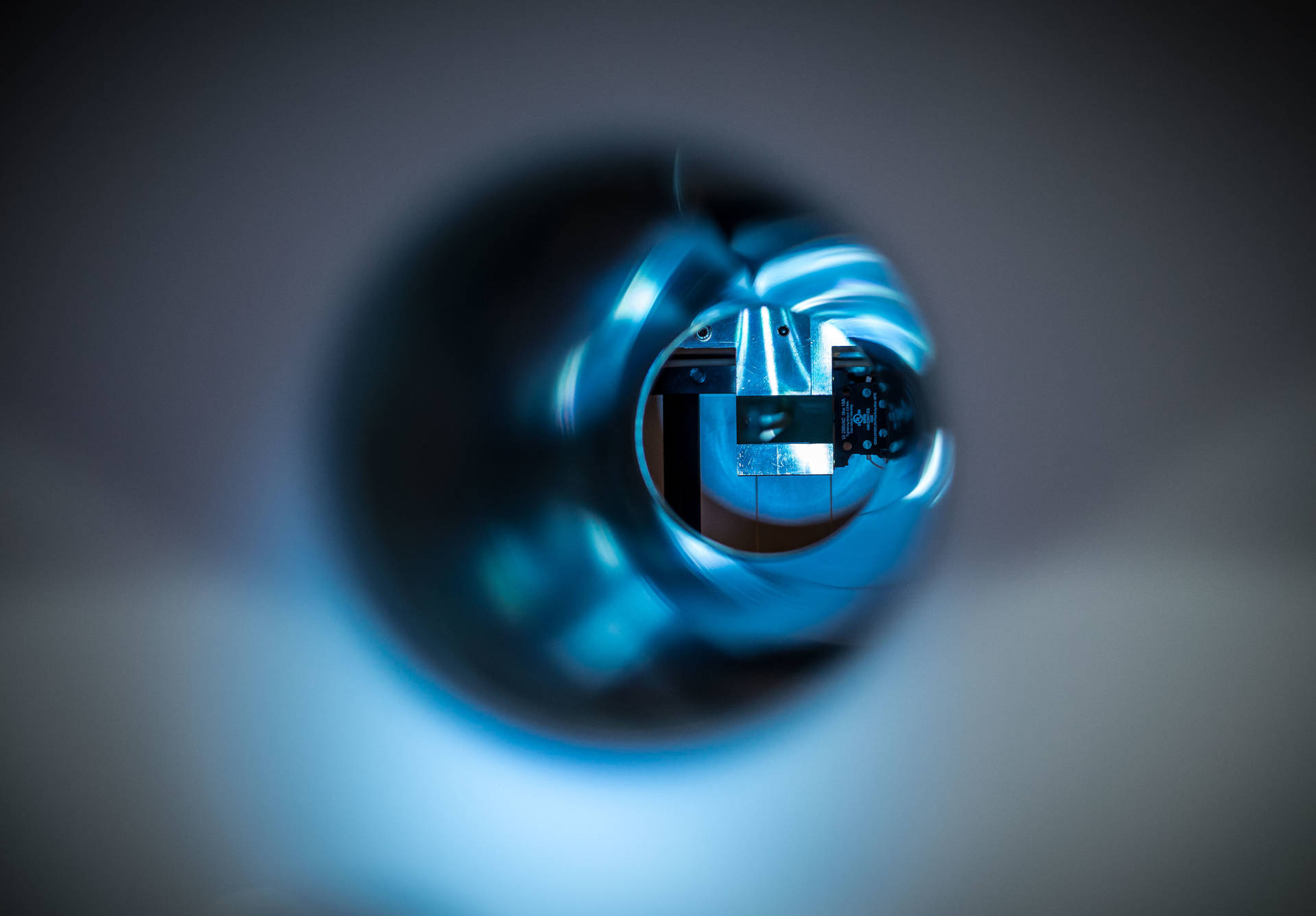
Computed tomography is an imaging technique firmly established in everyday clinical practice for almost 50 years now. Based on the attenuation of X-rays, a slice of the patient's internal structures can be generated without the superimposition of the anatomy. Even though image quality has increased significantly over the last decades, there is still a wide range of current research problems. Every day we are confronted with new challenges, be it due to special geometric conditions or the desire for the lowest possible dose for the patient. One of the most challenging problems and an ongoing research topic at IMTE is the correction of metal artifacts.
Metal implants or even surgical instruments placed inside a patient can negatively influence the image quality and create image artifacts. These artifacts, which are usually very pronounced, manifest themselves as dark and bright streaks that can spread over the entire image.
Fraunhofer IMTE develops unique iterative algorithms for artifact-free images. We combine well-known analytical methods with the latest machine learning findings to achieve the best possible image quality and restore diagnostic validity. The use of computed tomography is prevalent among clinicians due to its many advantages but must be regulated due to the associated radiation exposure. In order to keep the radiation for the patient as low as possible, innovative 'low-dose' and 'limited-angle' approaches are being developed and implemented at IMTE.
Find out more about our services regarding Technical and Preclinical Imaging.